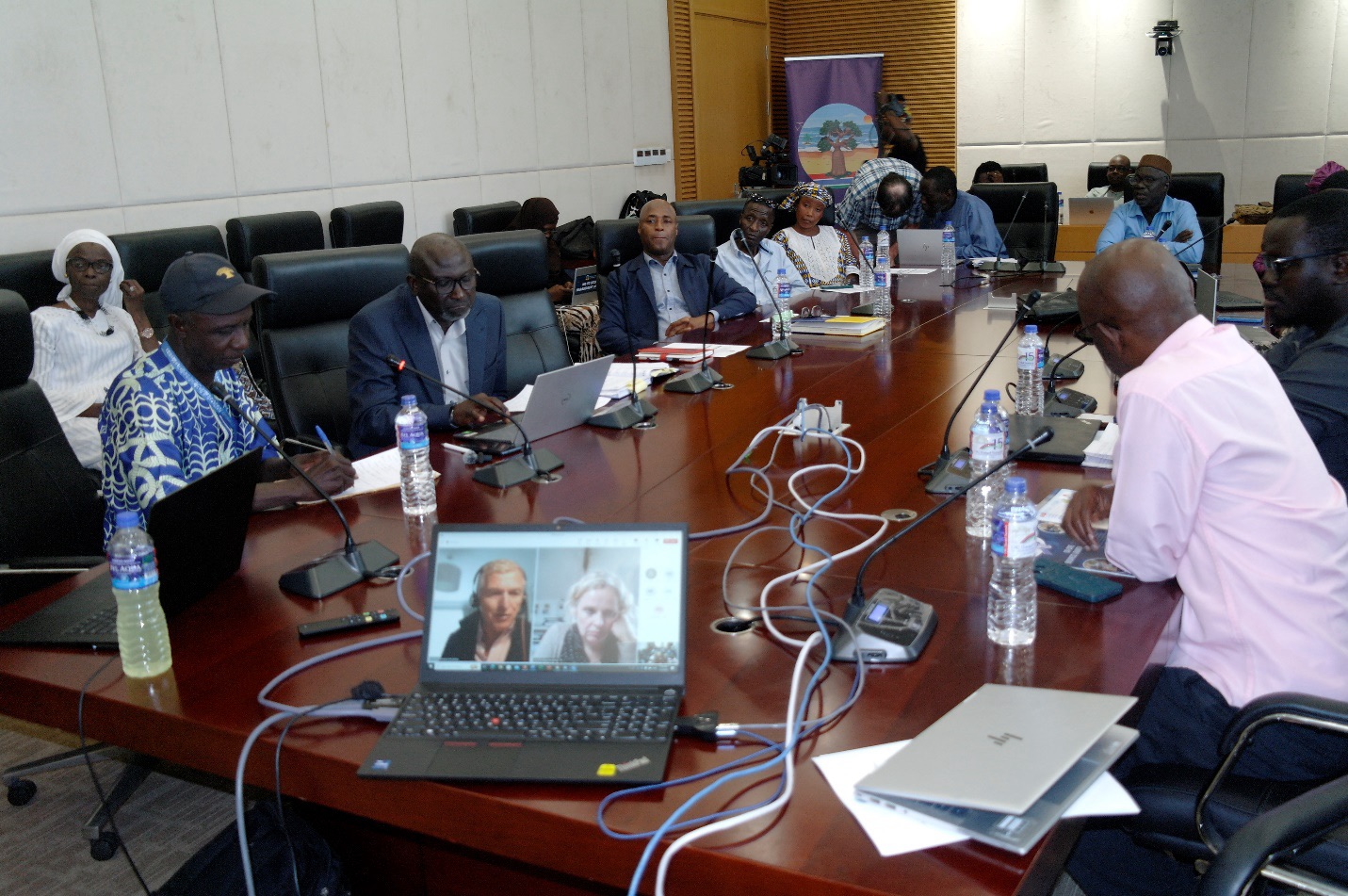By: Victor Ofuonye
The Gambia’s manufacturing sector, although currently modest and primarily focused on domestic consumption, holds significant potential for expansion and diversification. This insight was shared by Mr. Farimang Saho, president of the Association of Gambian Manufacturers, and Mr. Kemo Conteh, an independent consultant for the association.
“The government’s National Export Strategy 2021-2025 identifies light manufacturing as a strategic priority aimed at reducing reliance on imports and stimulating economic growth,” Saho stated.
It is worth nothing that The Gambia Investment and Export Promotion Agency (GIEPA) highlights several promising areas for investment within light manufacturing, including:
– Plastics
– Wood products
– Textiles
– Footwear
– Iron and steel articles
Saho added that the country’s strategic location along the Atlantic Ocean, serving as a gateway to the West African region, enhances its appeal for investors targeting both domestic and regional markets.
“Despite these opportunities, the sector faces notable challenges, such as limited transportation networks and an unreliable electricity supply, which increase operational costs and hinder efficiency,” noted Conteh. He further explained that access to affordable financing remains limited, impeding the adoption of advanced manufacturing technologies and the development of a skilled workforce. Additionally, he says, a complex tax system and competition from imported goods present further obstacles to the growth of local industries.
Conteh also mentioned that the government has implemented policies aimed at improving the business environment, such as establishing dedicated business parks and offering incentives to attract investment. He pointed out that The Gambia benefits from preferential market access to regions like the European Union and the United States, creating further opportunities for export growth.
Saho indicated that economic projections are optimistic, with growth expected to accelerate to 5.6% by 2024, driven mainly by agriculture and services. While the manufacturing sector’s current contribution is limited, strategic investments and policy reforms could enable it to play a more substantial role in the country’s economic development.
Both Saho and Conteh agreed that although The Gambia’s manufacturing industry faces challenges, the country is poised for a brighter future. With a young and vibrant democracy, solid foundations in international relations with countries and regions in Asia, Europe, and the Americas, and stronger bilateral and multilateral trade partnerships within Africa, the government’s targeted efforts in modernizing infrastructure, strengthening agriculture, tourism, and services sectors, streamlining taxation, and attracting more foreign direct investment could unlock significant growth potential for the manufacturing sector. This could contribute to economic diversification and much-needed job creation in the country.





